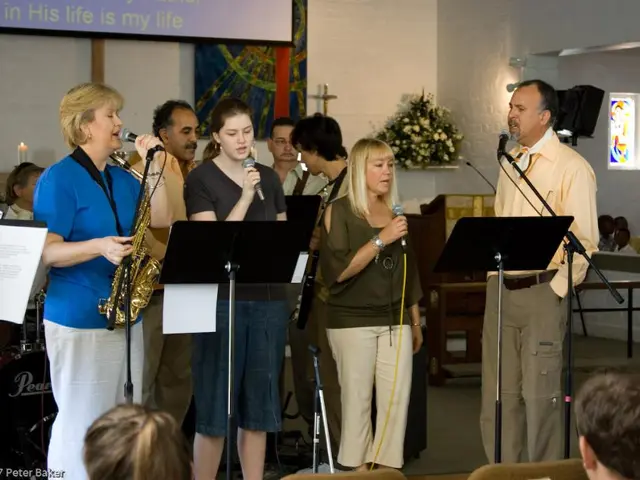Restorative Approaches Explained: An Overview
In a shift from traditional disciplinary methods, Restorative Practices (RP) are gaining traction worldwide, offering a more holistic approach to fostering healthy relationships and repairing harm within communities.
Restorative Practices in Schools
Schools embracing RP are witnessing a transformation in their environment, reaping benefits such as improved school climate and safety, reduced behavioral issues, and enhanced relationships between students, teachers, and families. These outcomes stem from RP's focus on community building, repairing harm, and fostering true accountability.
Schools investing time in these practices often find they save time and resources throughout the year by decreasing conflicts and behavioral disruptions. For instance, a middle school in California demonstrated a significant reduction in suspensions and expulsions after adopting restorative practices, with suspension rates dropping by 50% within the first year.
Core Principles of RP
At the heart of RP are principles like inclusivity, accountability, empathy, and repairing harm. These values encourage dialogue, mutual understanding, and cooperation, fostering a stronger school community.
Global Adoption of RP
Countries around the world are beginning to adopt Restorative Practices principles in various contexts, including healthcare settings, corporate environments, and international conflict resolution. The global expansion of RP is a testament to its versatility and effectiveness.
Challenges and Solutions
However, implementing RP is not without its challenges. Resistance to change, training and resources, and time constraints are common obstacles. To overcome these hurdles, ongoing training and support, clear communication, and a commitment to the process are essential.
The Future of RP
The future of RP is promising, with its potential to yield numerous benefits, such as improved relationships, reduced recidivism, enhanced emotional well-being, increased accountability, and community building. As more communities embrace RP, we can expect to see continued positive impact in schools, workplaces, and neighborhoods.
Case Studies of Success
Success stories abound, with RP demonstrating its effectiveness in various settings. In New Zealand, recidivism rates decreased by 30% when offenders participated in restorative conferences with victims and community members instead of traditional court proceedings. Similarly, a community in Toronto saw a 40% decrease in crime rates over two years after implementing RP to address issues of violence and mistrust among residents.
In conclusion, Restorative Practices offer a transformative approach to conflict resolution and discipline, promoting understanding, healing, and accountability over punitive measures. As more communities embrace this approach, we can expect to see continued improvements in school climate, student well-being, and community cohesion.
Science and mental health can both benefit from the implementation of Restorative Practices (RP) in schools, as RP has been shown to improve emotional well-being.
Contemporarily, there is an increasing interest in using RP principles for health-and-wellness and personal-growth purposes, not only within educational settings but also in various other contexts, such as healthcare settings and corporate environments.
As RP continues to gain traction worldwide, numerous case studies demonstrate its effectiveness in promoting learning and self-development by fostering empathy, mutual understanding, and cooperative relationships, making it a valuable tool in the realm of education-and-self-development.





